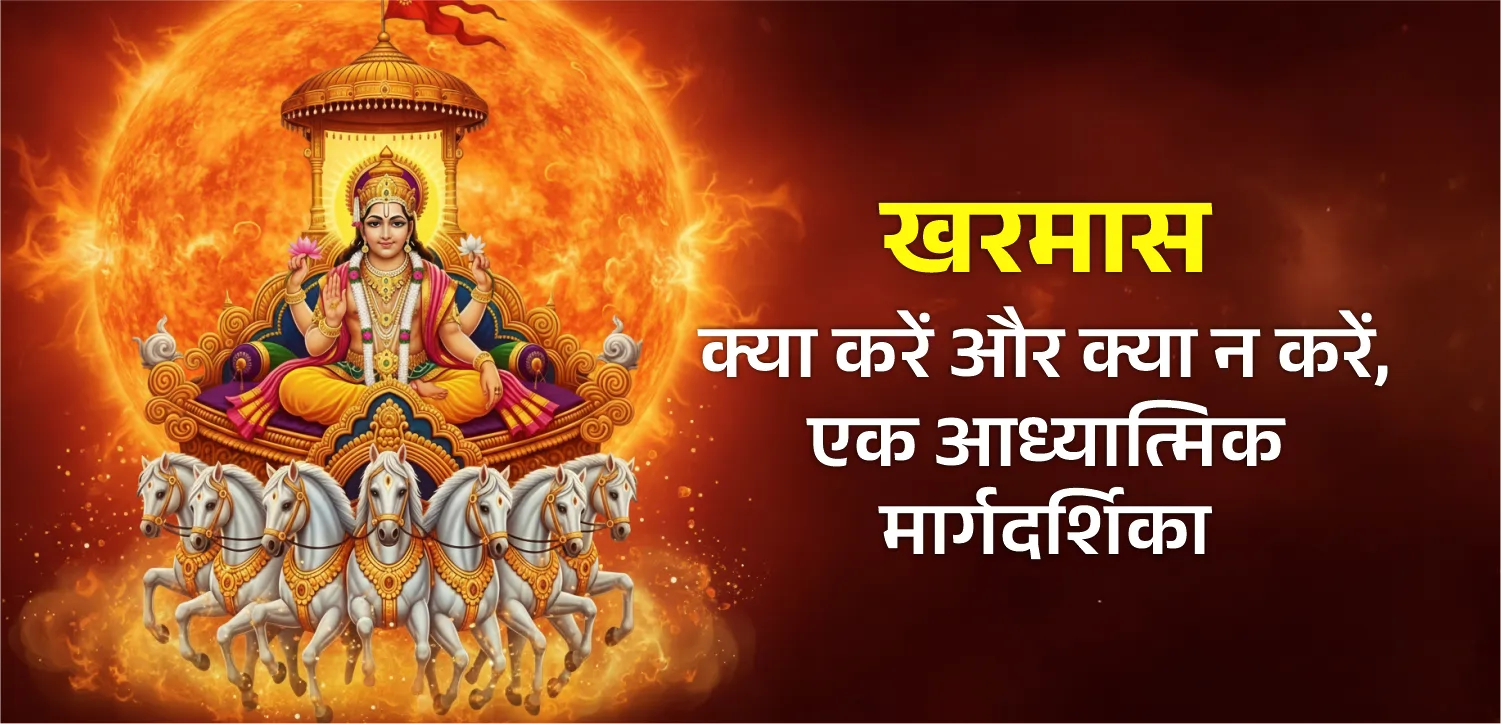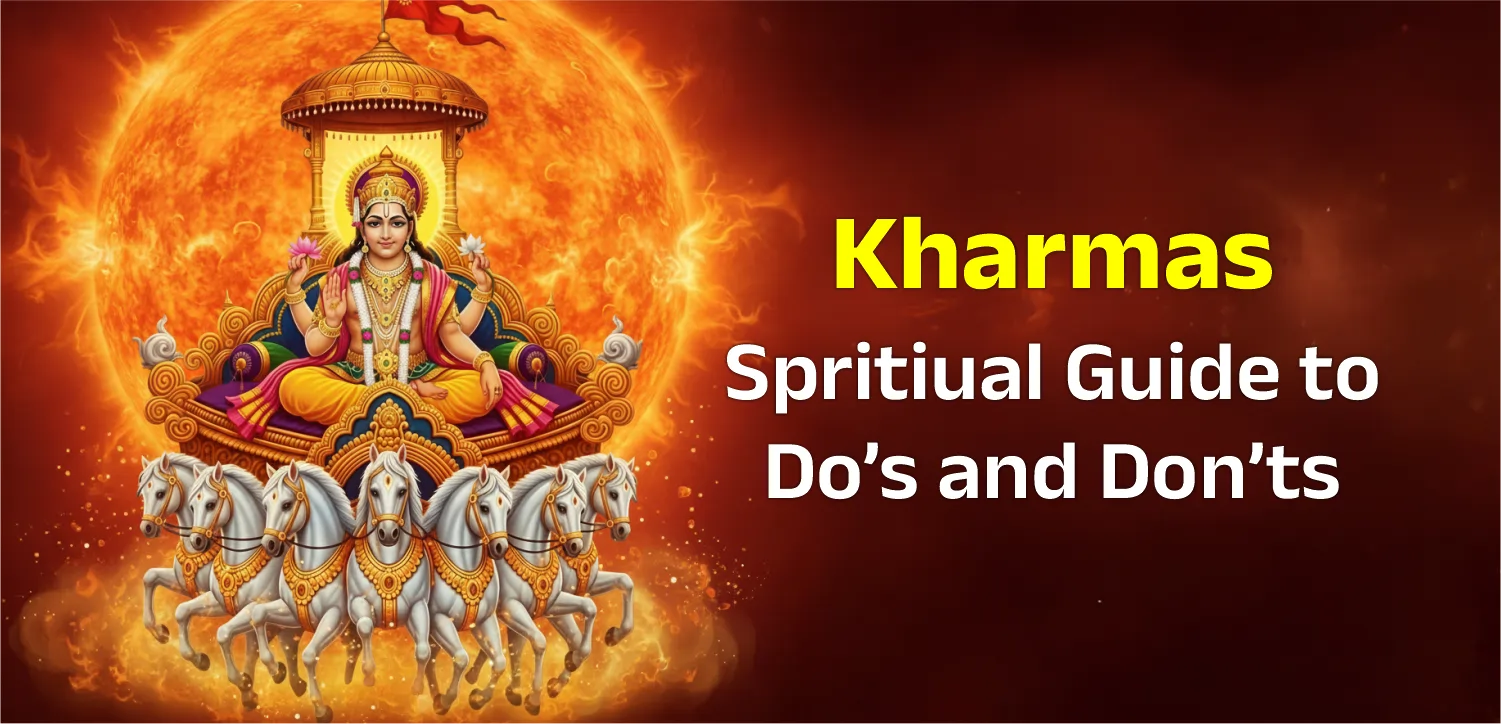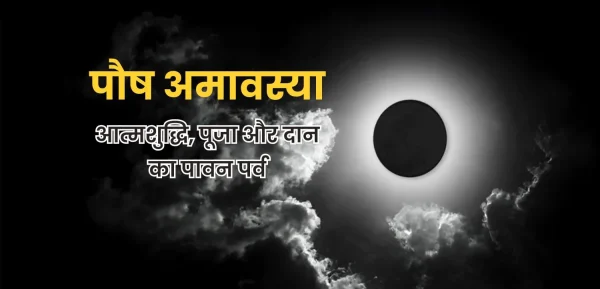Shravan month… that holy period of the Hindu calendar when nectar rains from the sky, the earth is adorned with greenery, and the fire of worship of Lord Shiva is lit in the hearts of devotees. This month is not just a sign of change of season, but it is the way to turn the soul towards God, in which there is a confluence of devotion, fasting, restraint, and penance. Devotees worship Bholenath in this entire month and do Jalabhishek. In this month, the earth resounds with the chanting of ‘Har-Har Mahadev.’
Religious Importance of Shravan month
Sawan month has been specially mentioned in Shiva Purana, Skanda Purana, and many other religious texts. This month is especially dedicated to Lord Shiva because in this period the Samudra Manthan took place, and Shiva saved the world from destruction by drinking Halahala poison (Kalakuta). Due to this, he was also known as ‘Neelkanth.’ To calm the effect of that poison, the gods and sages offered Ganga water to him in the month of Shravan. Since then, this tradition started that in Shravan, devotees worship Bholenath by offering water, Bel leaves, milk, curd, honey, and Ganga water on the Shivling.
Mahadev is the Ocean of Compassion
The form of Lord Shiva is so charming and unique that devotion towards him automatically arises. He is the god of destruction, but a continuous stream of compassion flows within him. Whoever calls to him with a true heart, he comes near him. The crowd that throngs the Shiva temples in the month of Sawan is a witness to the fact that the love of devotees towards him is amazing.
Fasts and rules
Many devotees keep a fast on Monday in the month of Shravan. This fast is not only a means to please Lord Shiva but is also a symbol of self-purification and self-discipline. The person observing the fast meditates on Lord Shiva by staying without water or on fruits throughout the day, listens to the story, and at night lights a lamp and praises the glory of Shiva. The story of Monday fast, which is associated with the fast of Parvati ji, tells how Shiva gets pleased and grants the desired boon.
Significance of Jalabhishek and Rudrabhishek
In Sawan, offering water on Shivling is considered one of the most loved acts. It is a religious act as well as a spiritual practice. When a devotee offers water with the pronunciation of ‘Om Namah Shivay,’ he surrenders all his worries to the feet of Shiva. Rudrabhishek, Mahamrityunjay Jaap, Shiv Chalisa, and Rudrashtak recitation are especially fruitful in this month.
Kanwar Yatra
Kanwar Yatra has special significance in North India in Shravan. Lakhs of Kanwariyas travel to Haridwar, Gangotri, Gaumukh, Deoghar, etc. to collect Gangajal and bring it on foot to offer it in the Shiva temple of their village or city. This is a symbol of dedication, service, and penance of a devotee.
Importance of Donation in Sawan
The month of Sawan is a great opportunity to earn virtue. Donation done in this month is considered to give a hundred times the fruit. It is mentioned in Shivpuran and Skandpuran that by donating food in the month of Shravan, all sins are destroyed and Shiva’s blessings are obtained. It is believed that the donation given in Sawan is offered directly to Shiva. This donation not only liberates from worldly troubles but also paves the way for salvation.
Cooperate in the service project of Narayan Seva Sansthan to provide food to the poor and helpless Divyang children in the month of Sawan.
Sawan is the occasion when the simplest worship of the creation, which is called the worship of Lord Shiva, takes the most effective form. The glory of Bholenath is infinite, and Sawan is its live celebration. The sadhana done in this month not only fills life with religiousness but also purifies the conscience.
So come, in this Sawan, do Sankirtan of Shiva’s name, do service, keep restraint, and dedicate your devotion to Shiva’s feet with Jalabhishek.
Har Har Mahadev!




